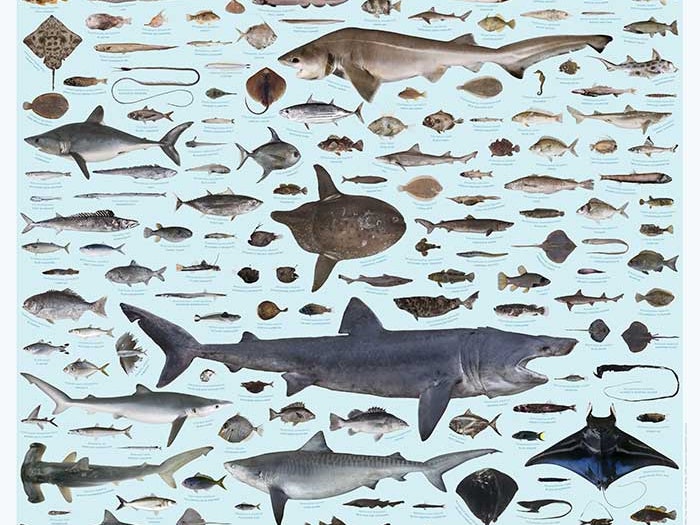
Biodiversity of New Zealand fishes
The main aim of our project is to carry out biosystematic investigations on New Zealand EEZ/ECS fishes in order to facilitate their accurate identification.
Free museum entry for New Zealanders and people living in New Zealand
Open every day 10am-6pm
(except Christmas Day)
Free museum entry for New Zealanders and people living in New Zealand
Find out about the research lines and main projects our team is currently working on.

The main aim of our project is to carry out biosystematic investigations on New Zealand EEZ/ECS fishes in order to facilitate their accurate identification.
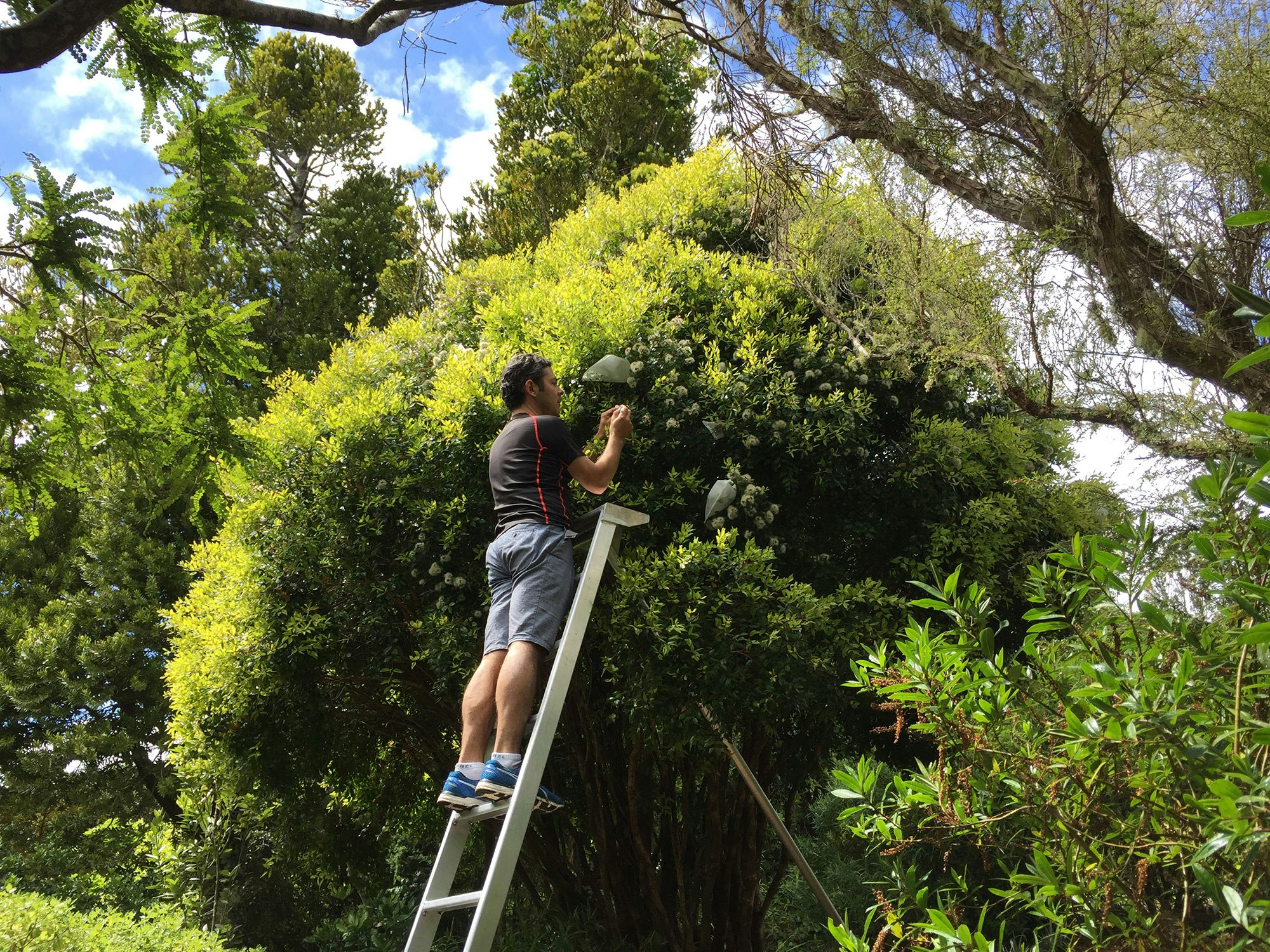
Documenting the pollination biology of threatened plants and trees, identifying orchid mycorrhizal partners and implementing methods to propagate orchids from seed for conservation purposes.
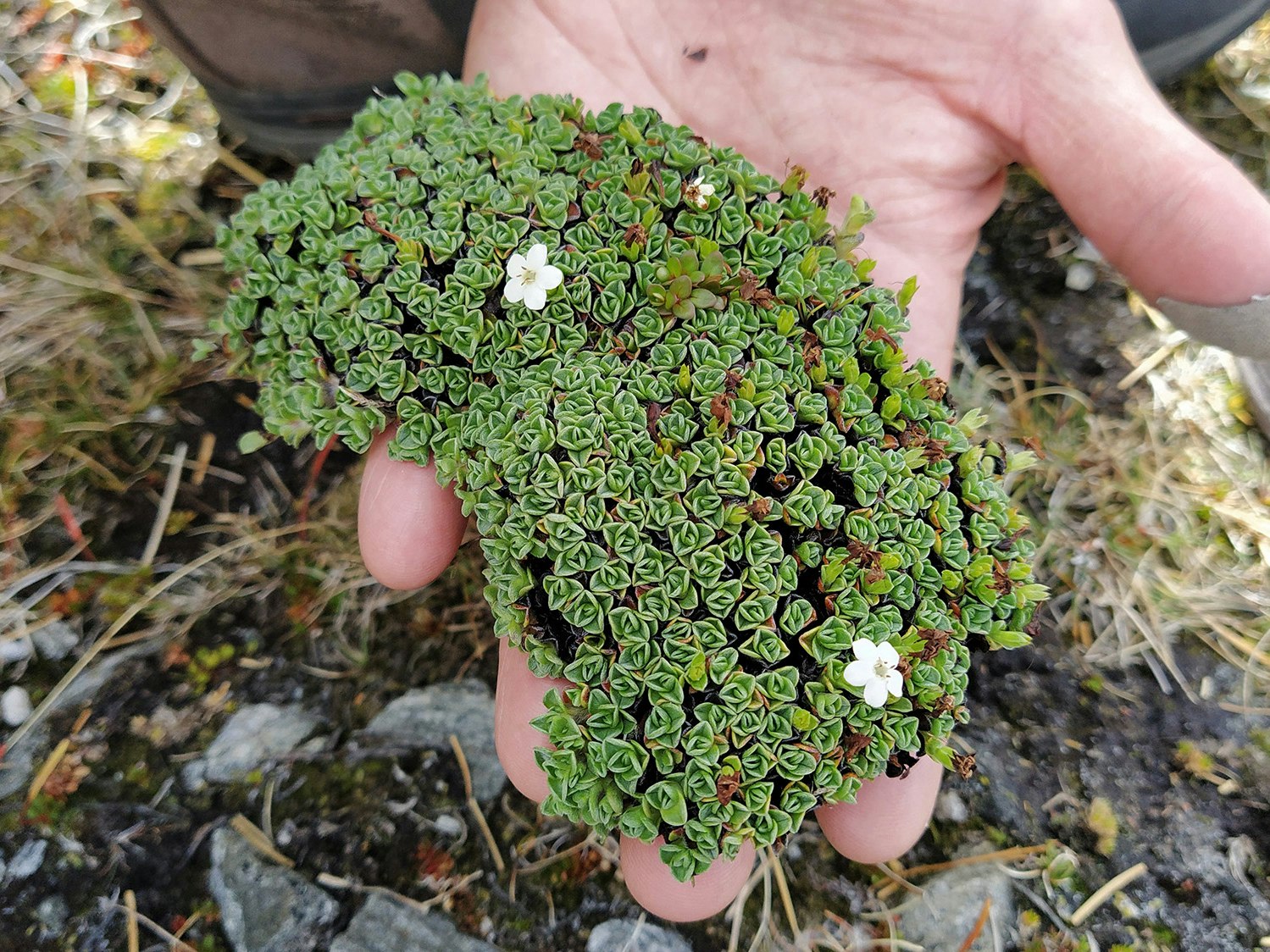
Completing a taxonomic revision of all southern hemisphere forget-me-not species, including about 45 described species and c. 20 informal tag-named species.
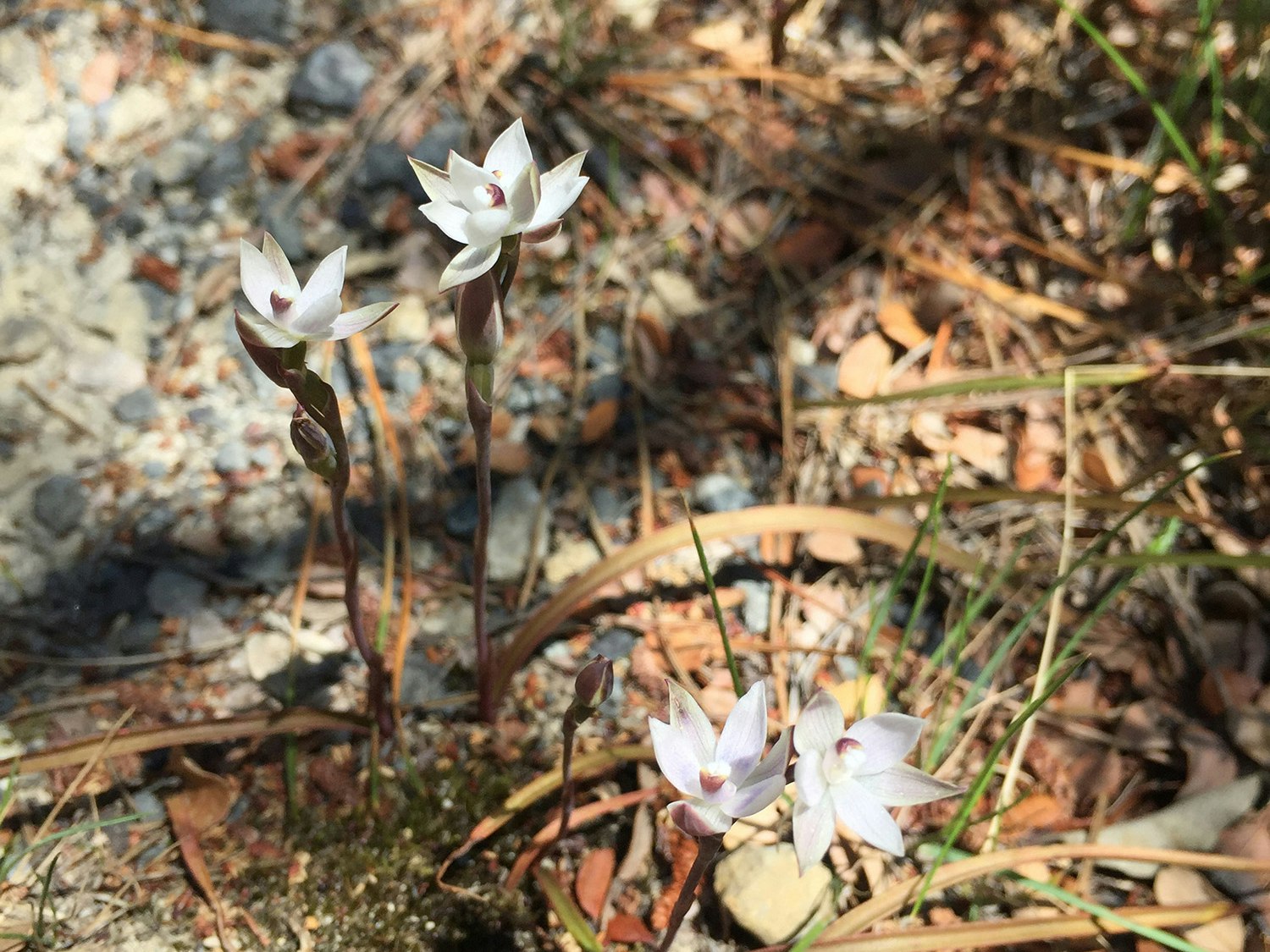
Using data from herbarium specimens, field collections and DNA analyses to investigate the taxonomic status of orchids in five genera.
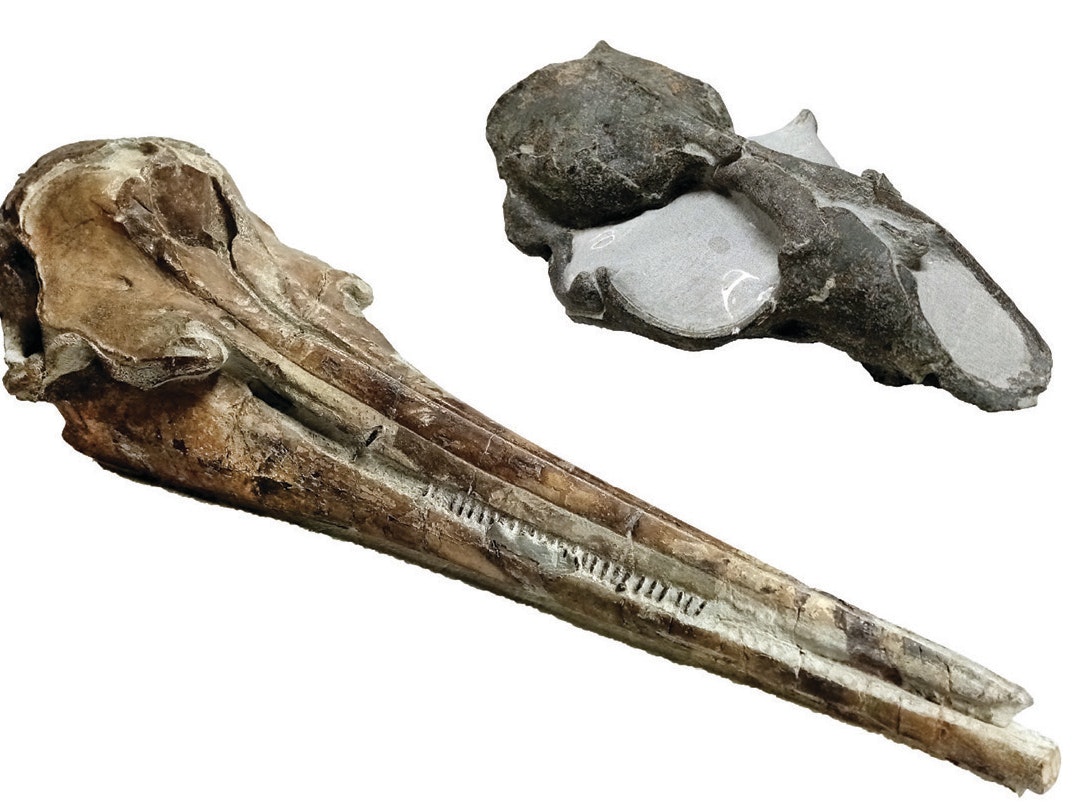
Studying fossils and living marine mammals to elucidate their diversity and evolution through deep time.
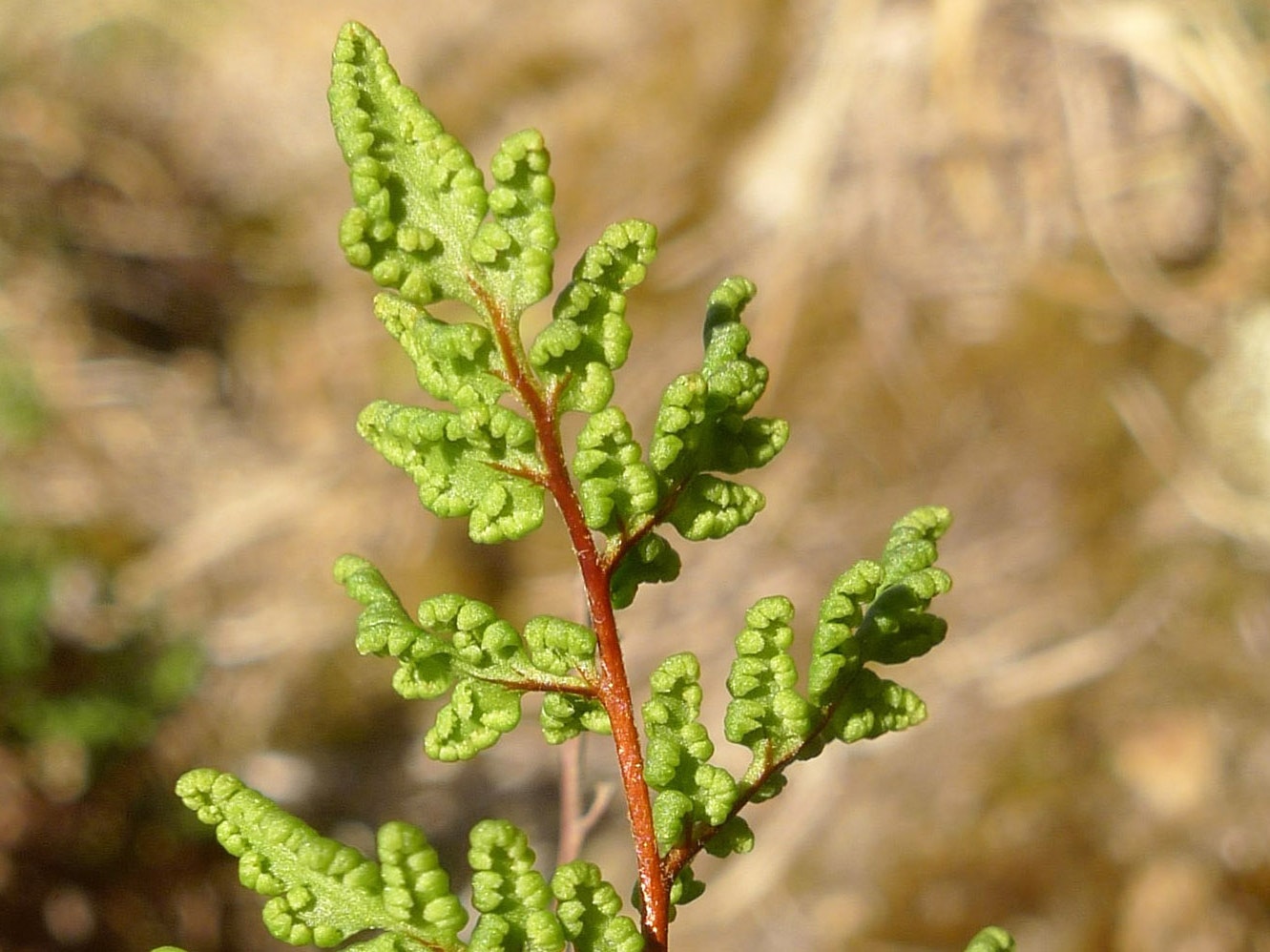
Producing an online resource documenting and illustrating the indigenous and naturalised plants of the New Zealand Botanical Region.
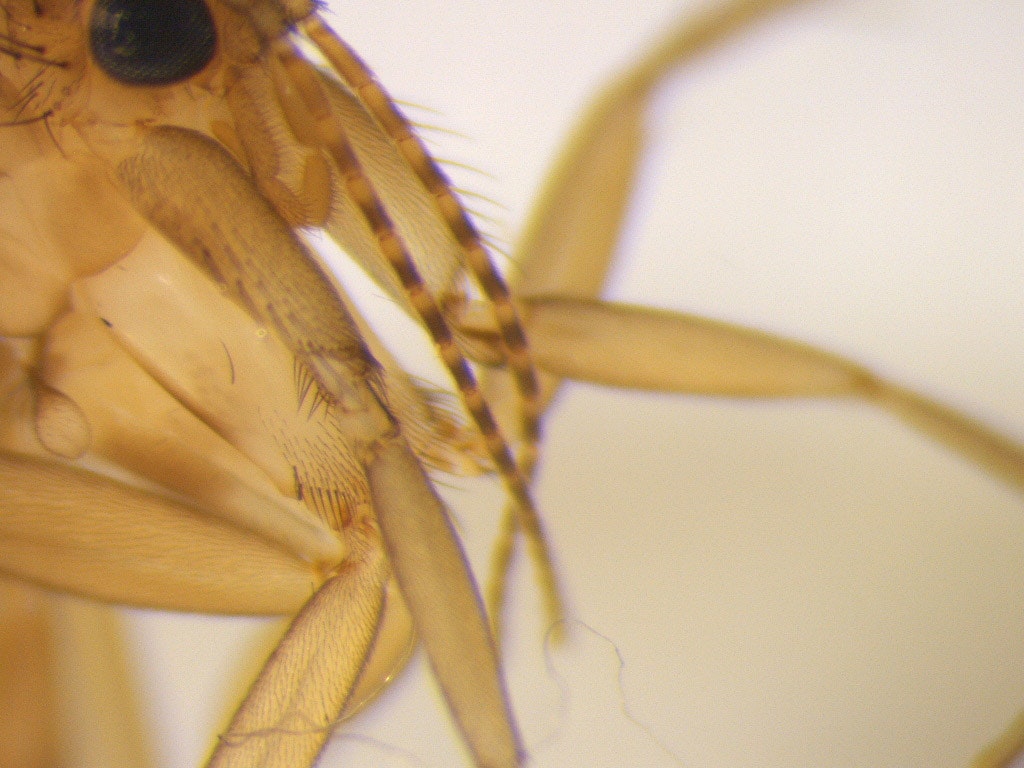
Creating a revised key of fungus gnats, one of the biggest Diptera groups in New Zealand, including species descriptions and using image material.
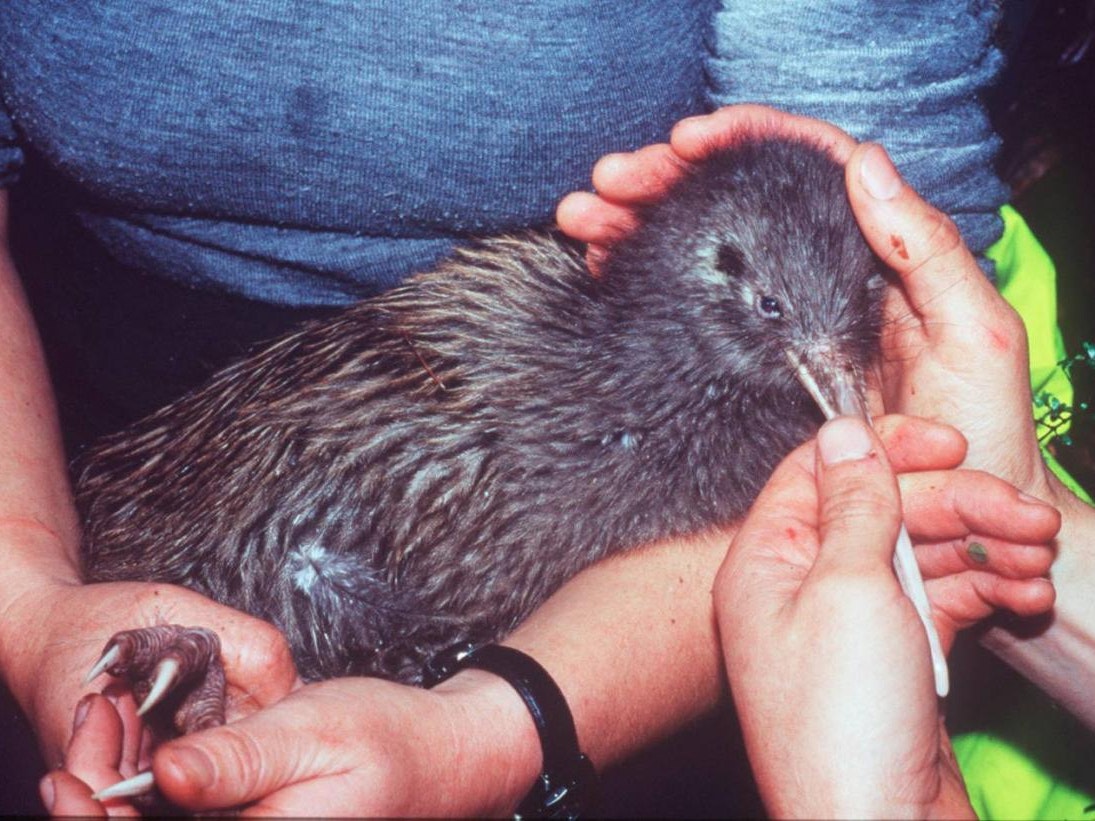
Research examining fossils, using anatomical observations and DNA, to investigate the evolution of Aotearoa New Zealand’s unique vertebrate fauna.
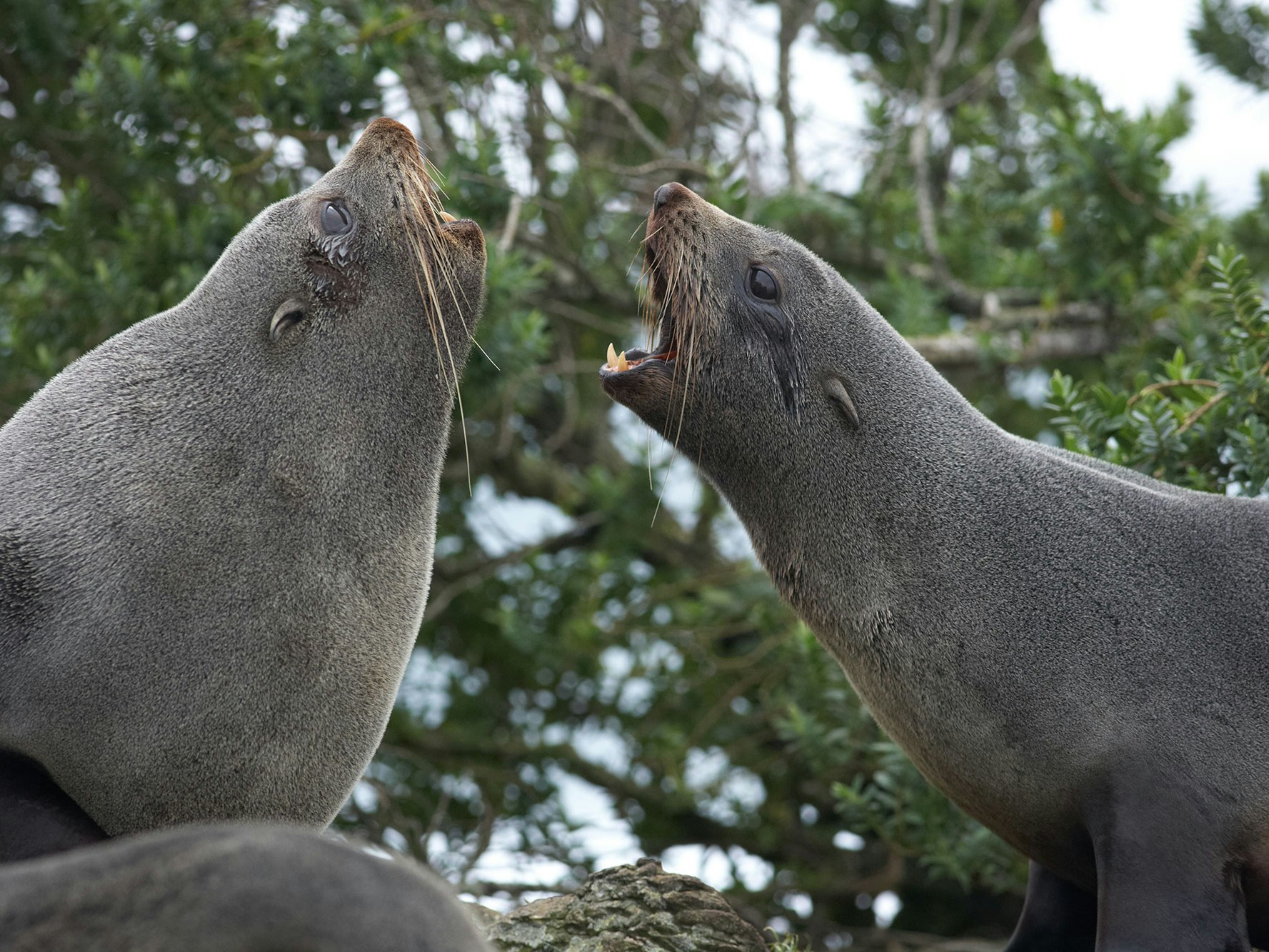
Studying the diversity, function and evolution of marine mammal behaviour, from feeding to swimming and communication.
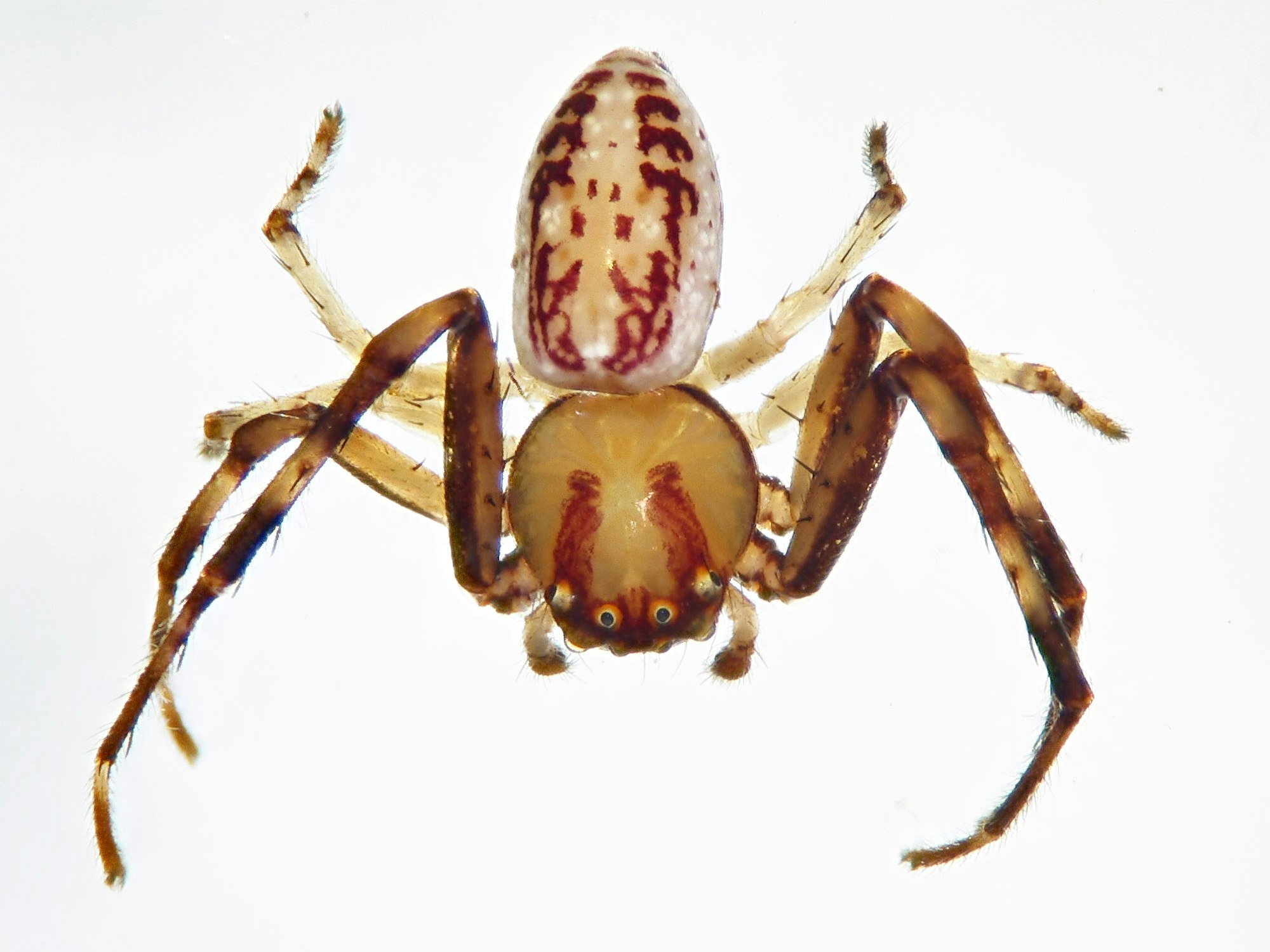
Concentrating on two arachnid orders and documenting new species, to better understand known species, and to explore the evolutionary history of these fascinating animals.
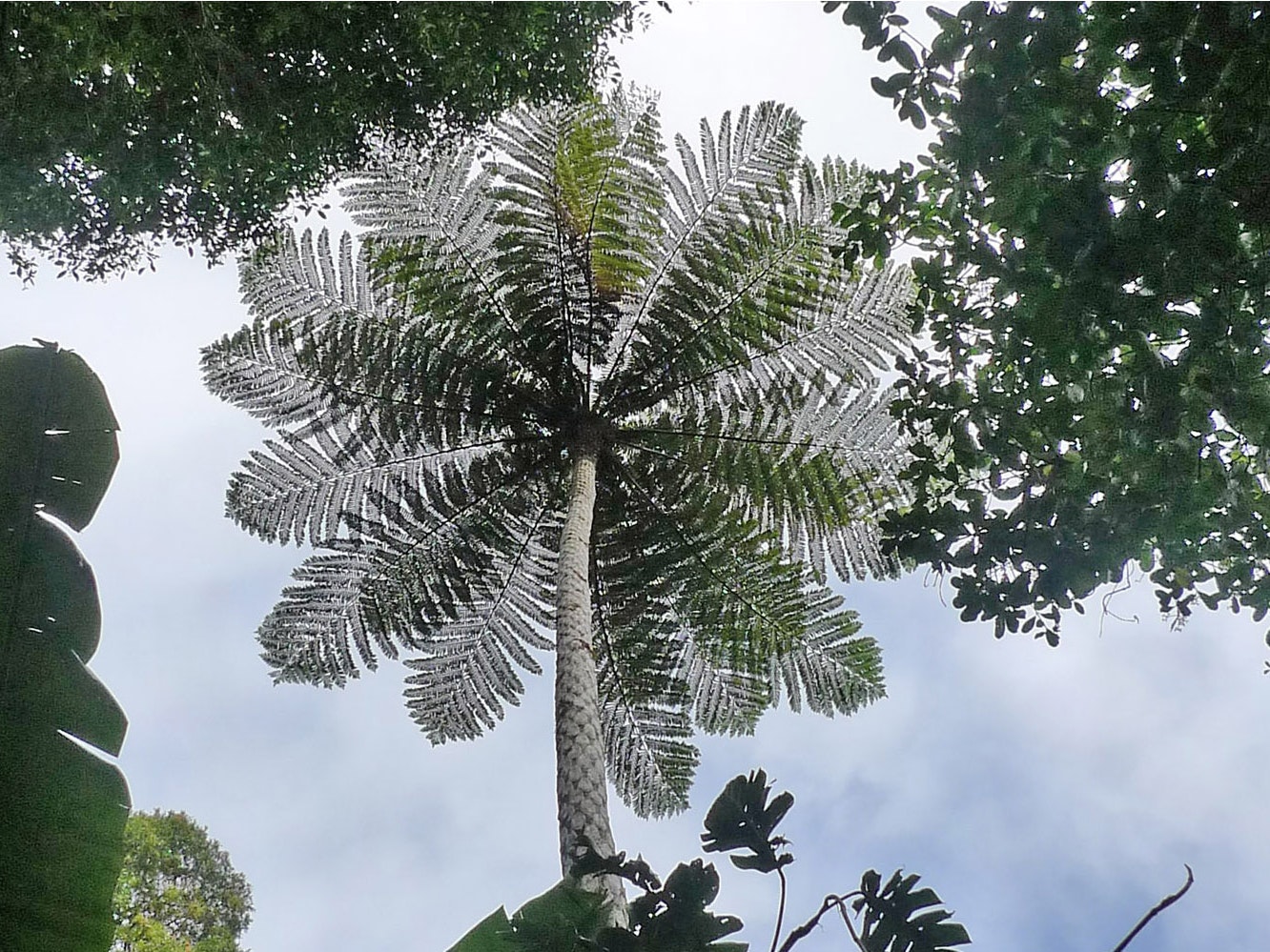
Improving the understanding of the floras adjacent to New Zealand in the south-west Pacific region, involving the delimitation, naming, distributions, and relationships of species.
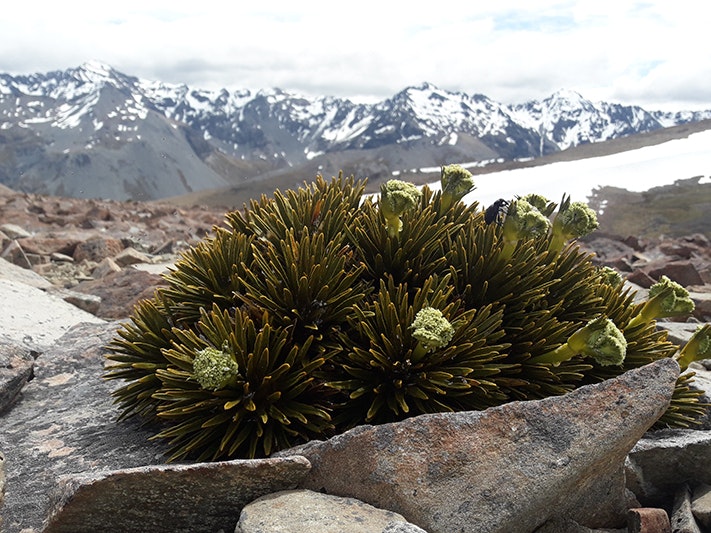
Using genetics to understand the relationships of the following flowering plant genera in New Zealand: Aciphylla, Alseuosmia, Juncus, Pseudopanax, Schoenus and Sophora.
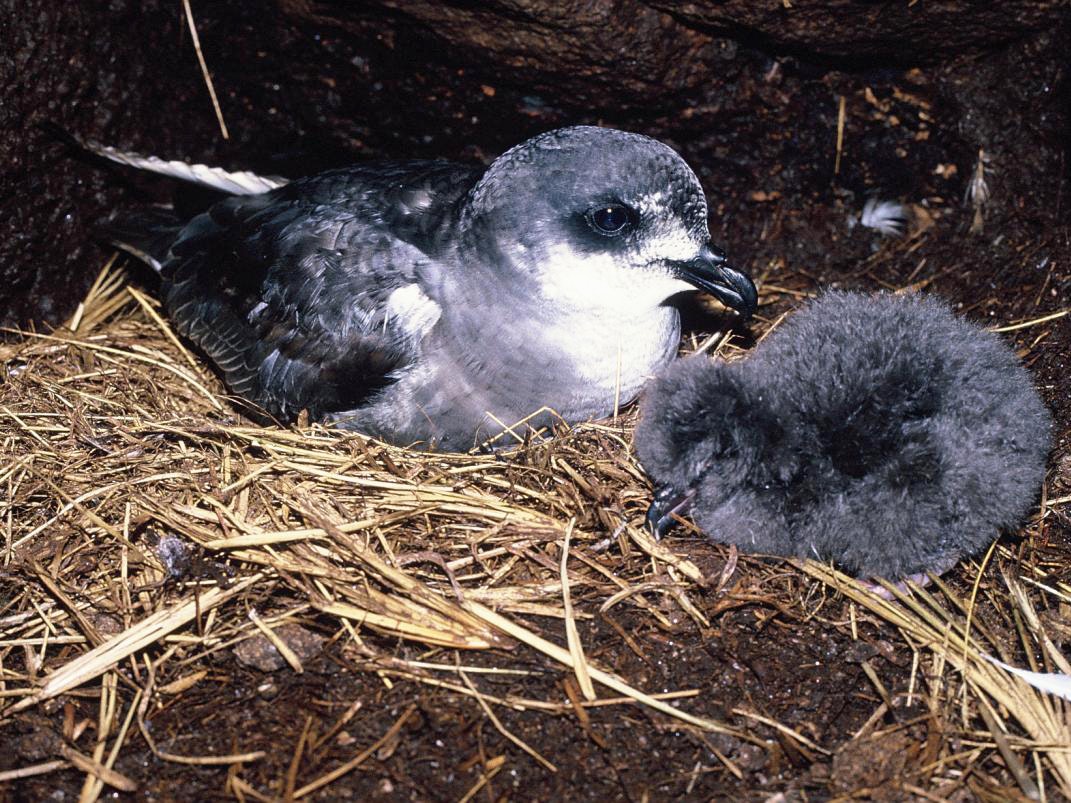
Using field surveys and literature reviews, we are researching the distributions and conservation status of New Zealand’s seabirds.
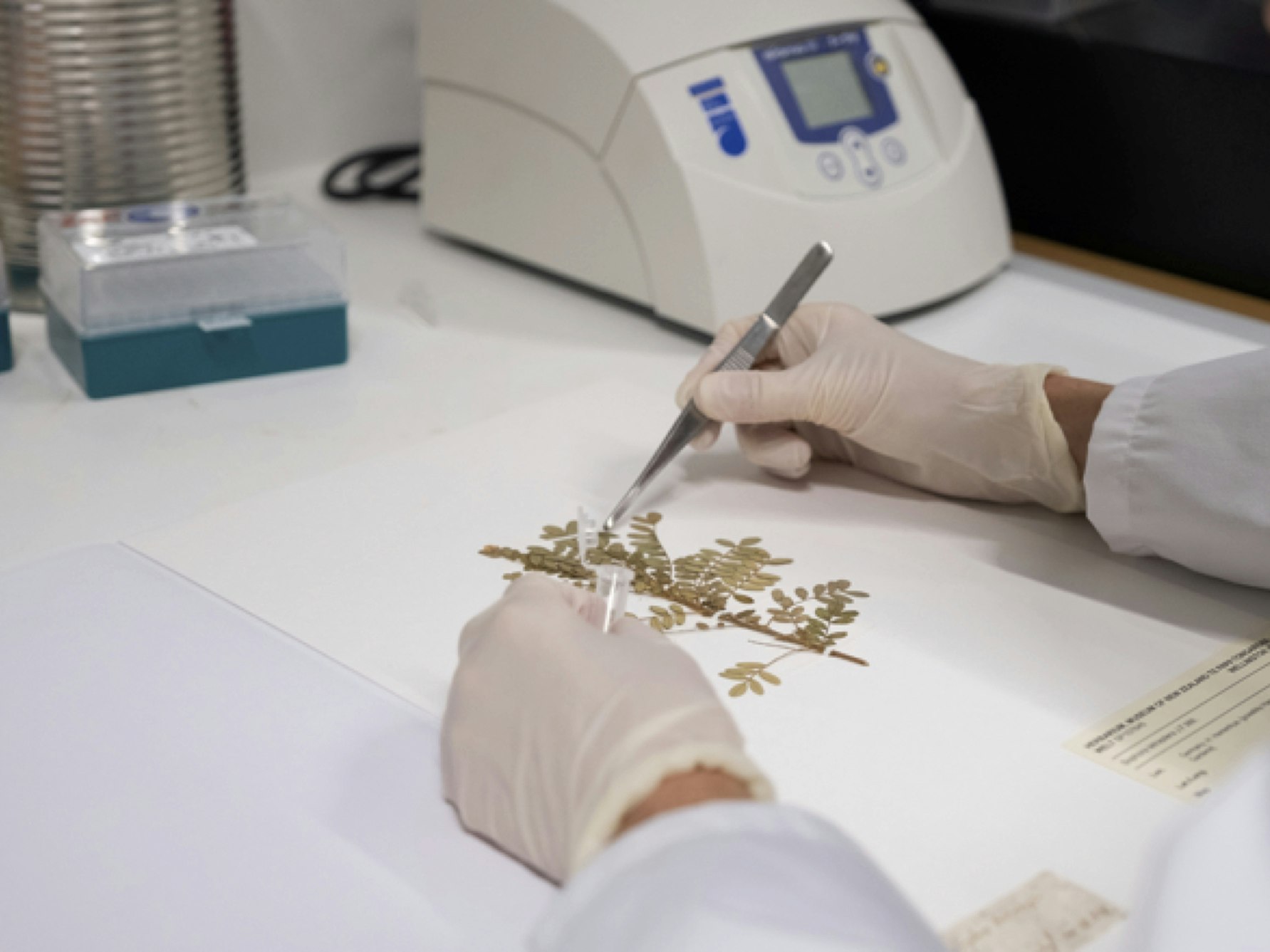
This research uses genetic techniques to provide insight into Aotearoa New Zealand’s cultural past, providing new knowledge on interactions between Māori iwi by determining the translocation pathways of cultivated plant species.
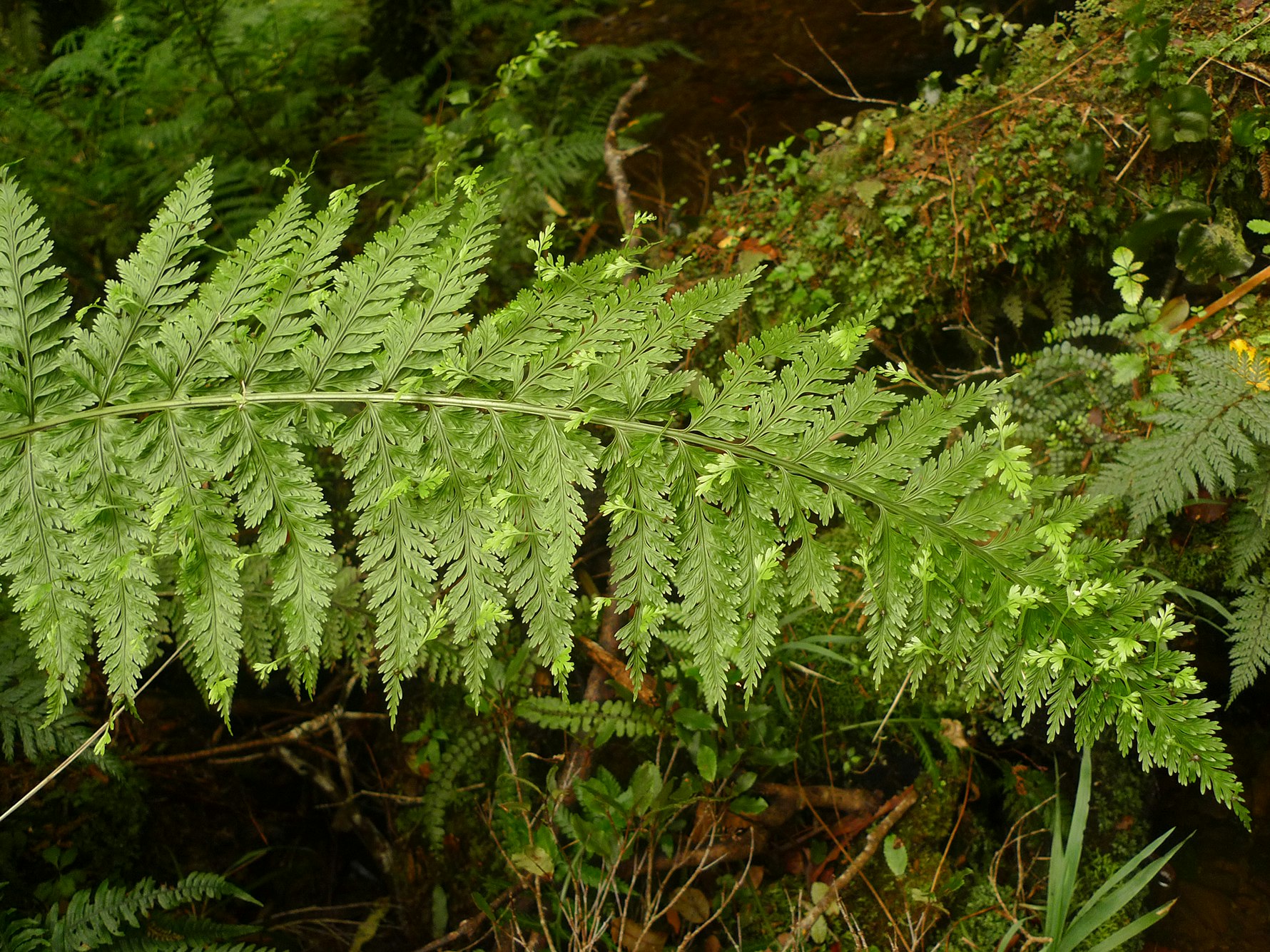
Integrating novel and published data on chromosome number, genome size, phylogenetics, environmental factors, and common garden experiments for several study genera.
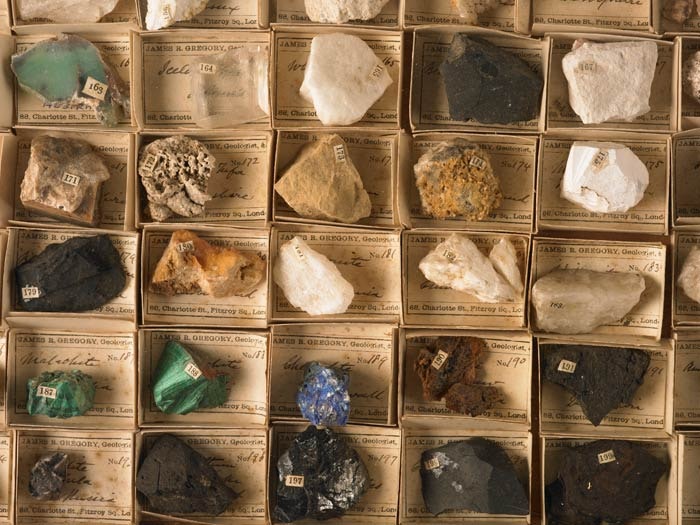
Find out about the people that make up our Natural History team and their roles at Te Papa.
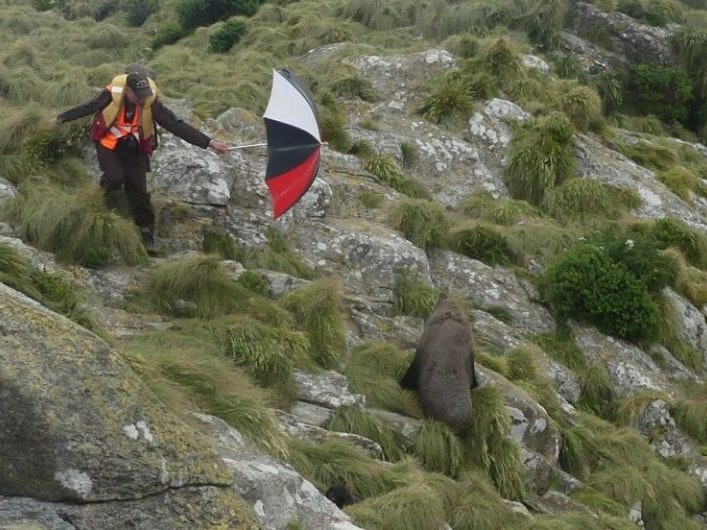
Discover stories from Te Papa’s Natural History experts, including curators, scientists, collection managers, and technicians.